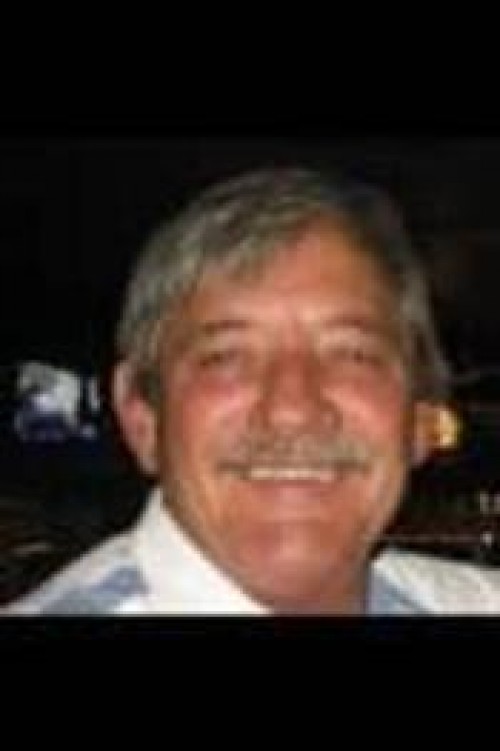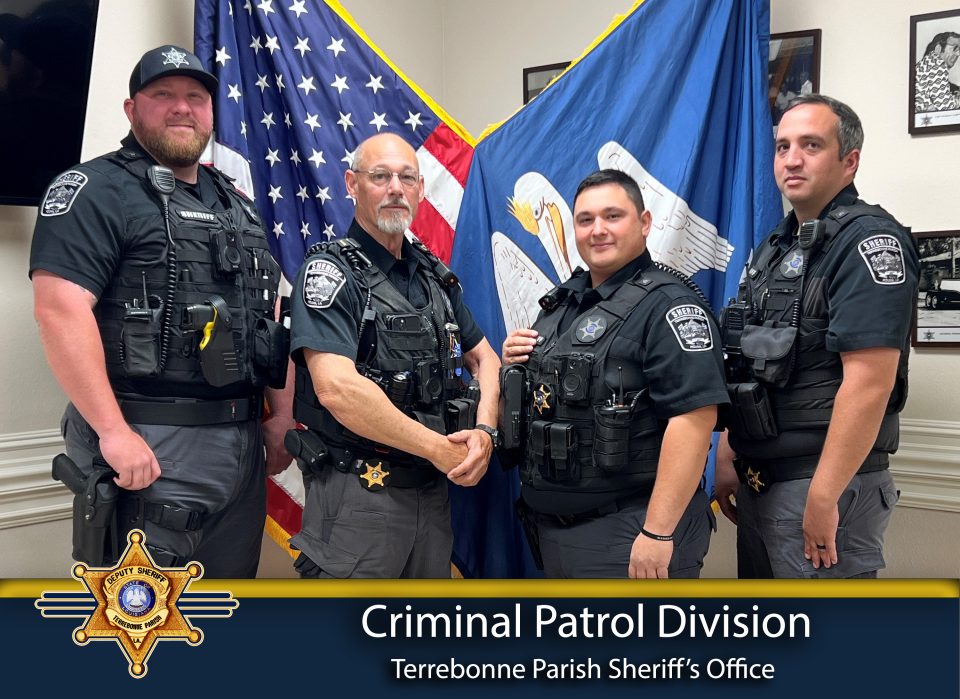Lafourche council pushes $25M bond package
September 18, 2012Coastal advocacy group survives council’s wrath
September 18, 2012Most people like being charitable. They are particularly responsive when a cause or condition is something with which they can identify, or when they know someone impacted by a given situation.
According to the National Philanthropic Trust, the largest source of charitable giving is individuals, accounting for more than $217 billion during 2011.
By offering time and donated investment, individuals often learn about health conditions or life situations they might have otherwise ignored. They are able to participate by either directly assisting others or funding research that could one day generate a return on investment, helping them or a loved-one.
This is what the family of former Terrebonne Parish Assessor Gene Bonvillain hopes participants understand as they launch a charitable fishing rodeo from the Coco Marina in Chauvin on Sept. 28-30.
The weekend event, with prizes included, is intended to raise awareness and fund research to fight pericardial mesothelioma.
Bonvillain’s daughter and family spokeswoman Stephanie Autin said because the family’s 501c3 non-profit foundation is new they do not know how much money they expect to raise with this initial fundraising effort. They do intend to donate the proceeds toward research of pericardial mesothelioma after covering expenses, but Autin could not specify to what institution that money might be designated at this time. “I guess we are just playing that by ear,” she said.
Pericardial mesothelioma is the rarest form of mesothelioma, according to Mary Bird Perkins Cancer Center at Terrebonne General Medical Center radiation oncologist Dr. Jeffrey Long. This particular disease causes tumors to form in the membrane around the heart.
Long explained that mesothelioma in itself is a rare form of cancer that occurs within cells lining the body’s internal organs. “That thin layer of cells is called the mesothelium,” he said.
Among mesothelioma cases there are three areas in which it generally occurs. Plural mesothelium is the lining of the lung and where the majority of cancer tumors form. The second most common is peritoneal mesothelium, which lines the abdominal cavity. Then pericardial mesothelium (less than 5 percent of all mesotheliomas) is the rarest as it lines the heart.
“The [first two] types of mesothelioma have an association with asbestos exposure, but we are not as convinced with the correlation of asbestos exposure with pericardial mesothelioma as we are with the more common mesotheliomas,” Long said.
More than 200 cases of pericardial mesothelioma have been identified in medical literature, but researchers claim that number could represent only 1 percent of the individuals impacted with the disease.
According to the National Cancer Institute, pericardial mesothelioma is generally diagnosed in people between the ages of 50 and 70. Most patients do not notice symptoms until the illness has advanced to its later stages. Common symptoms include chest pain, fatigue, heart murmurs and respiratory difficulties.
Autin said the symptoms her father suffered with the disease were easily misdiagnosed and rapidly fatal. “It happened so fast we actually had to get an autopsy done to find out what he died from,” she said. “He was never diagnosed [with pericardial mesothelioma]. It was literally two months after he passed that we found out.”
Long said it is rare that an accurate diagnosis of a fatal condition is not made while the patient is living. He credits technology and research for revealing the mysteries behind some fatal conditions, but agrees more needs to be done.
“I think as years have gone by we have better diagnostic imaging capability,” Long said. “We can do a much better job with the equipment we have today. [There is] a combination of things [that will] lead us to catching these malignancies earlier when they are more treatable.”
Long said that while cancer research is conducted at the Mary Bird Perkins TGMC center, pericardial mesothelioma is not one of the malignancies being targeted there. “We have a large number of investigational studies that are open [and] some of them are involved in treatments of relatively rare malignancies, but this entity is so rare … there have only been a few hundred cases reported worldwide.”
Long said research leads to being able to make meaningful treatment decisions. Autin added her realization that meaningful responses by families of patients with rare diseases are also important in addressing those conditions.
“Instead of being miserable and depressed, because that is not what my daddy would have wanted,” Autin said, “we decided to have the fishing rodeo and raise awareness about this kind of cancer.”
“Mesothelioma is called an orphan illness [because it stands alone] and the funding for orphan illnesses is very low,” Mesothelioma Research Foundation of America Director Elizabeth Paul said.
Paul said one of the struggles for foundations addressing rare diseases is finding research centers where work is performed. In the case of the MRFA, the largest amount of donations through that organization goes to a center with the University of Southern California.
“There are different people doing clinical research, but they are hard to find,” Paul said. “There are maybe five states with clinical research going on with mesothelioma.”
Paul said public fundraising events are useful when their proceeds are combined with grants and other revenue generating activities. “It is terribly expensive to do the research, but when you group fundraisers then you get results.”
“The key to successful fundraisers are the volunteers involved,” Greater New Orleans Foundation Vice President of Development Alice Parkerson said. “The sponsorship and relations that the volunteers have to garner support for the event, either corporately or personally, makes the difference.”
Parkerson said that she would advise fund raising organizations to measure the time and effort they put into any given event, to make certain they achieve what they want as a final goal.
Long said one goal in generating public awareness of rare diseases appears to be succeeding, as the medical community gains a fuller understanding of those conditions.
“It is due to the fact that we doctors get smarter year after year and are more attuned to identifying rare [conditions] than ever before,” Long said. “There is more medical literature being published, and I think the Internet makes access to information … much more widely known. The real winner, in that scenario is the patient.”
Before he became a patient, Gene Bonvillain worked in the Terrebonne Parish Assessor’s Office for 40 years, the final 16 of which he held the top position. Bonvillain died of the disease his family is now fighting on Nov. 11, 2011.
For detailed information on the Gene Bonvillain It’s 5 O’clock Somewhere fishing rodeo call (985) 226-8894, (985) 226-0697 or (985) 226-0694.
Gene Bonvillain









